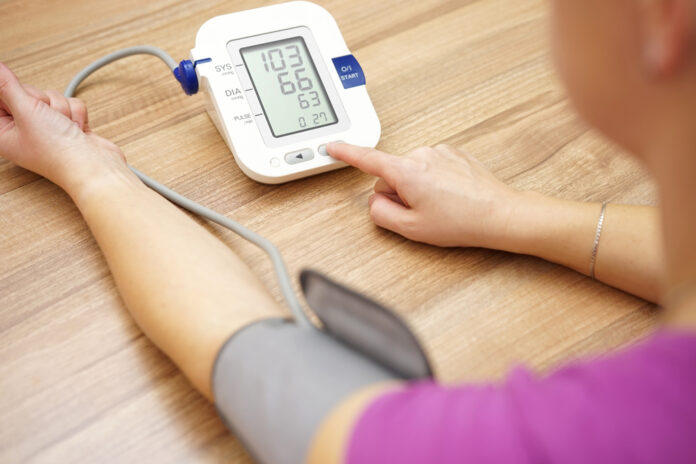
Exercise is an intrinsic part of what it means to look after your health, yet for many people, it’s the very last thing on their minds.
Living with a chronic condition can make the prospect of exercise incredibly stressful, impossible even, yet with the right measures and preparations in place, it can contribute toward protecting your health and increasing your general happiness.
Diabetes is one such condition. While millions of people live full and happy lives with diabetes, some struggle to meet their body’s needs for a variety of different reasons, one of them being a lack of exercise.
If you feel like you could be doing more to exercise, but you’re afraid your diabetes is getting in the way of you doing it safely, here are some top tips that you might find helpful.
1. Get the Right Blood Pressure Monitor

A great blood pressure cuff monitor can go a long way to improving your quality of life, as it can empower you to take charge of your health.
Try opting for a monitor that you can link up with your phone for maximum accessibility and practicality, one that doesn’t get in the way and that you don’t mind using.
This way, you can keep your eye on your numbers before, during, and after exercise, allowing you to get a complete picture of your ideal treatment plan.
Remember to check your monitor frequently when doing exercise of any kind, especially if you’re trying something new or you haven’t done much physical activity before – you wouldn’t want to overdo it.
2. Start off Small
You don’t have to leap off the couch and go on a run every time you need exercise. In fact, it’s best to start off small and take your exercise in gradual stages.
Even if this means getting up from where you’re sat to walk around the house a few times, every little bit counts, and it helps get your body used to the idea of continued physical activity.
3. Bring Fast-Acting Carbohydrate Sources with You

You may need to bring sports drinks, glucose tablets, or soft candy with you to make sure you’ve got yourself covered should your blood sugar levels suddenly drop.
This can happen when you work out, it’s not uncommon, so it’s important to make sure you’ve got the means to support yourself should it happen.
4. Don’t Exercise if Your Blood Sugar Levels are Too Low or High
If your blood sugar levels aren’t quite stable or not at the point where they should be, it’s worth holding off on the exercise until it returns to normal.
There’s no need to risk causing complications, not when you can wait for it to pass, and again this is something a great monitor can help you get control of.
5. Don’t Overdo It

If it’s painful when you exercise or you’re feeling out of sorts, it’s important you don’t try and keep going, as you could overdo it and end up causing more harm than good.
Remember, a doctor can help you come up with an exercise plan that best suits you, so don’t hesitate to ask for advice should you need it.








